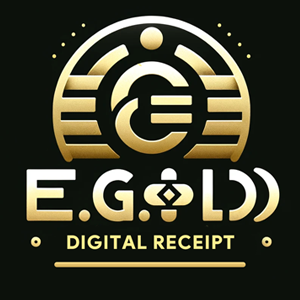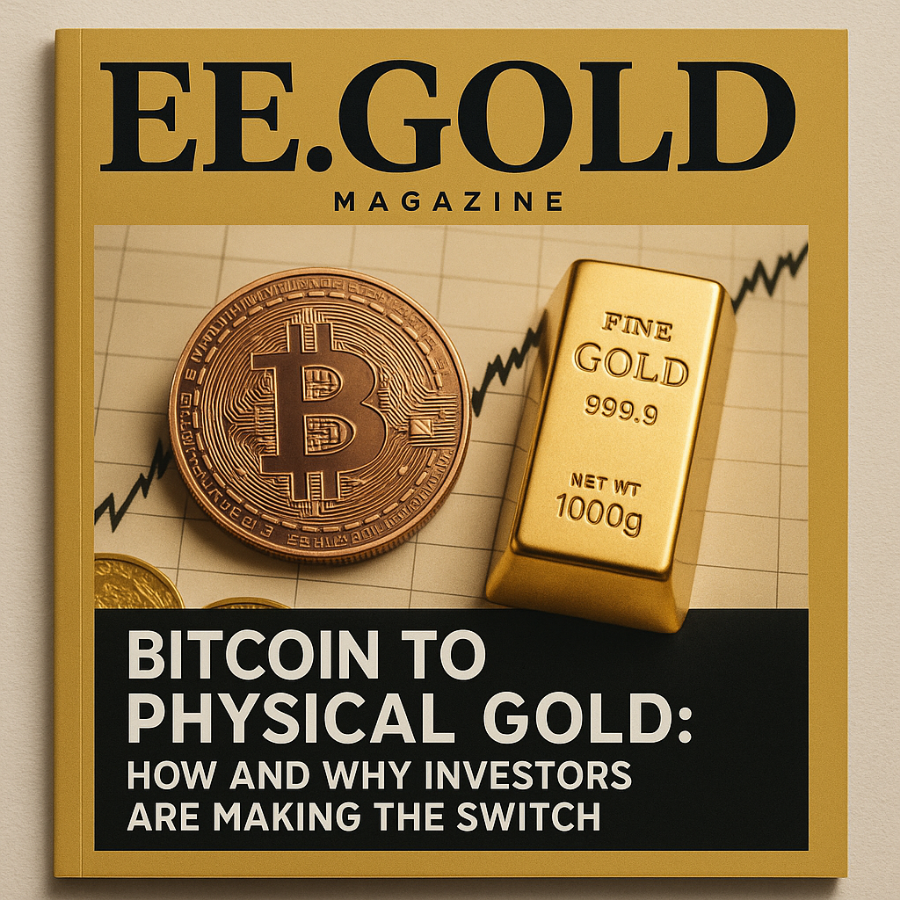
In the rapidly evolving world of investment, two assets have captured the imagination of both traditional and modern investors: Bitcoin, the pioneering cryptocurrency, and physical gold, the timeless store of value. Over the past decade, Bitcoin’s meteoric rise positioned it as "digital gold," promising decentralized wealth preservation with immense growth potential. Yet, recently, a noticeable trend has emerged—some investors are shifting their focus from Bitcoin back to physical gold. This begs the question: why are investors making this switch, and how are they navigating it?
The Allure of Bitcoin: A Decade of Disruption
Bitcoin burst onto the scene in 2009 with a revolutionary idea: a decentralized digital currency free from central banks and government control. Its appeal was immediate for tech enthusiasts and libertarians alike, offering transparency, immutability, and borderless transactions.
Investors flocked to Bitcoin for several reasons:
High Return Potential: Bitcoin’s price surged from a few cents to tens of thousands of dollars, delivering unparalleled returns for early adopters.
Scarcity: With a fixed supply capped at 21 million coins, Bitcoin offered digital scarcity akin to gold.
Decentralization and Security: Blockchain technology underpinned trust without intermediaries.
Portfolio Diversification: Bitcoin was considered a new asset class, uncorrelated with traditional markets.
For many, Bitcoin became a hedge against inflation and fiat currency debasement, much like gold had been for centuries.
The Resurgence of Physical Gold
Despite Bitcoin’s rise, physical gold has not lost its shine. Indeed, global gold demand often surges in times of economic uncertainty. Recently, many investors have begun reallocating part of their portfolios from Bitcoin to physical gold. Several factors drive this move:
1. Volatility and Market Sentiment
Bitcoin remains highly volatile. Its price can swing dramatically within hours, influenced by regulatory news, macroeconomic shifts, and even social media sentiment. For risk-averse investors or those seeking stability, this volatility is daunting.
In contrast, physical gold has a long history of relative price stability. It does not fluctuate wildly day-to-day and offers a refuge in turbulent markets.
2. Regulatory and Security Concerns
Cryptocurrencies face increasing regulatory scrutiny worldwide. Governments are grappling with how to control digital assets, sometimes leading to crackdowns, exchange shutdowns, or tax complications.
Moreover, Bitcoin holders must secure their private keys carefully to avoid theft or loss. High-profile hacking incidents and scams have shaken confidence among less tech-savvy investors.
Physical gold, being tangible, avoids these digital risks. Stored securely, it offers direct ownership without reliance on intermediaries or digital infrastructure.
3. Inflation and Currency Uncertainty
While Bitcoin was heralded as “digital gold,” some investors now perceive gold as the more reliable hedge against inflation and currency devaluation. Gold’s value has endured for millennia, supported by its universal acceptance and intrinsic physicality.
In contrast, Bitcoin’s short history leaves many questioning whether it will maintain value during prolonged economic stress.
4. Portfolio Rebalancing and Diversification
Seasoned investors emphasize diversification. As Bitcoin matures, some see it as an appropriate time to rebalance—locking in gains by selling some crypto holdings and purchasing physical gold to reduce portfolio risk.
This strategy balances exposure between a high-growth digital asset and a traditional store of value.
How Investors Are Making the Switch
Transitioning from Bitcoin to physical gold requires thoughtful steps. Here’s how investors are navigating the process:
Step 1: Evaluating the Portfolio
Investors review their asset allocation and risk tolerance, determining how much Bitcoin exposure they wish to reduce and what proportion to allocate to gold.
Step 2: Choosing the Form of Gold
Physical gold can be purchased as:
Bullion Bars: Large bars offering lower premiums but higher initial investment.
Coins: Popular gold coins (e.g., American Eagles, Canadian Maple Leafs) provide liquidity and recognition.
Jewelry: Less common as an investment due to markups and design elements.
Investors also consider storage options, such as home safes, bank safety deposit boxes, or professional vault services.
Step 3: Selling Bitcoin
Depending on market conditions, investors sell Bitcoin on exchanges or peer-to-peer platforms. Timing is crucial to maximize returns and minimize tax liabilities.
Step 4: Purchasing Gold
With proceeds from Bitcoin sales, investors acquire physical gold from reputable dealers, ensuring authenticity and fair pricing.
Step 5: Secure Storage and Insurance
To protect their investment, investors arrange secure storage and often purchase insurance against theft or loss.
The Future Outlook: Complementary, Not Contradictory
It’s important to note that the shift from Bitcoin to physical gold doesn’t necessarily mean one asset replaces the other entirely. Many investors recognize the complementary qualities:
Bitcoin offers innovation, liquidity, and high return potential.
Gold offers stability, tangibility, and historical reliability.
By combining both, investors can harness the benefits of emerging technology alongside timeless value preservation.
The movement from Bitcoin to physical gold reflects evolving investor priorities amid market realities. While Bitcoin revolutionized the concept of money and investment, the enduring appeal of physical gold reminds us that some principles of wealth preservation remain constant.
Investors making the switch are motivated by a desire for stability, security, and diversification. As markets continue to evolve, understanding the strengths and weaknesses of both assets will remain critical to informed investing.
Whether one favors the digital frontier or the tangible past, the journey between Bitcoin and gold illustrates a broader quest: finding balance in an unpredictable financial world.
NOTE
This Content is the copyrighted content of EE.GOLD. All rights are reserved. You are welcome to share or use our content only by including direct links to our website. Any other form of reproduction, distribution, or use without proper attribution is strictly prohibited.
This Content is intended solely for educational purposes. The information provided does not constitute financial or investment advice.
Please note that Digital Storage Receipt, Secure Storage Solutions, and Physical Gold Sales are the only services offered by EE.GOLD.
We strictly adhere to government regulations and are firmly against all illegal financial or investment activities globally.
For further inquiries, feel free to contact us through our official channels.

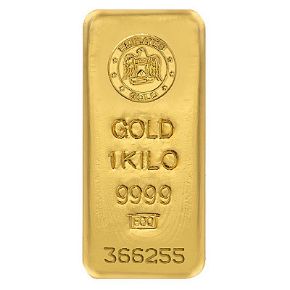


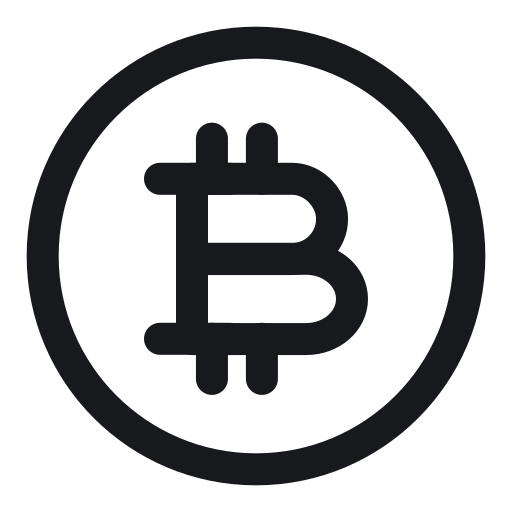


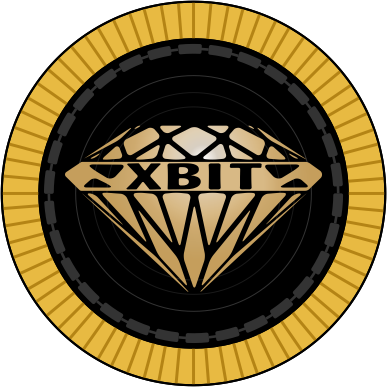


.png)

